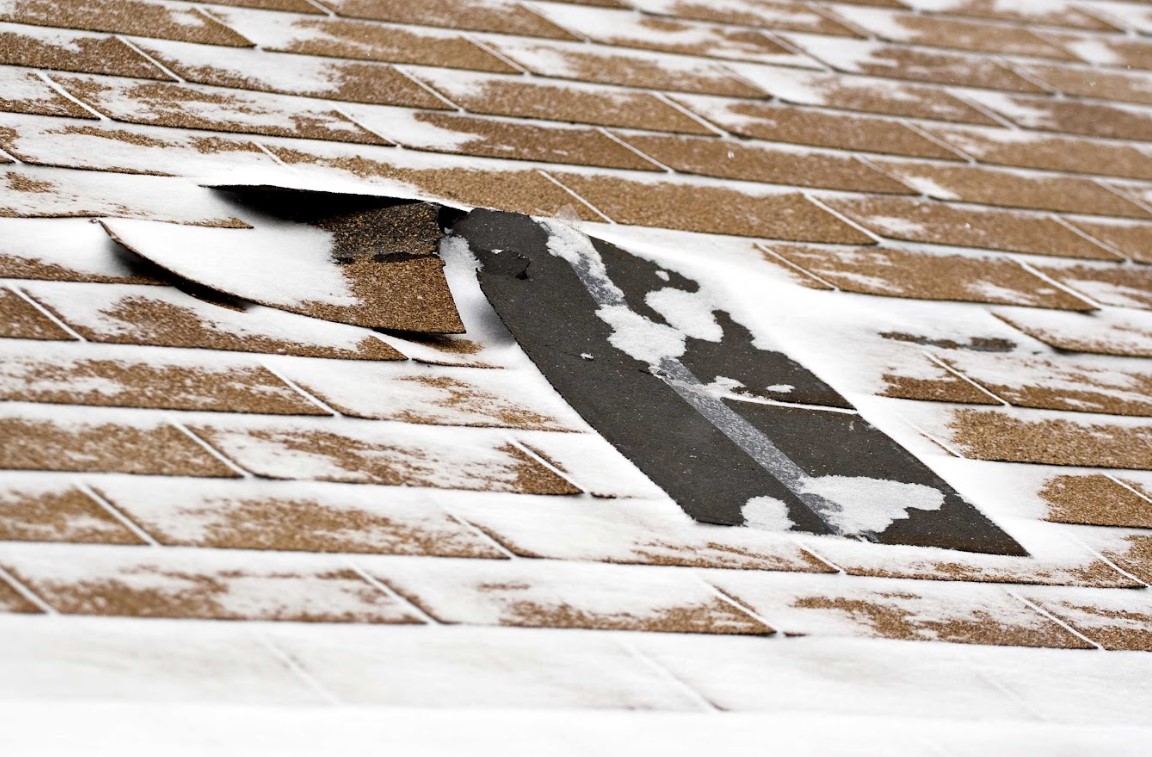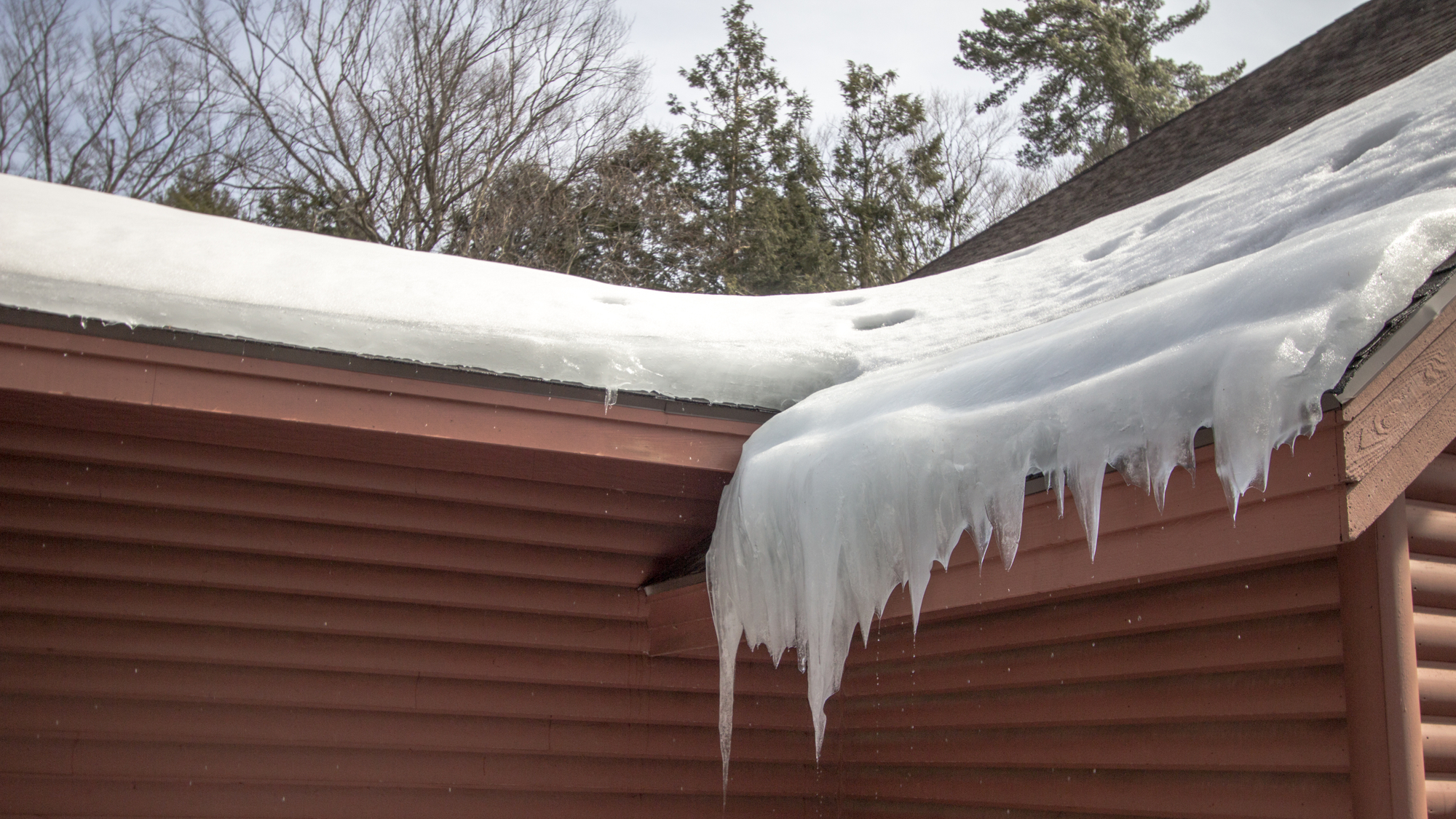When it comes to roofing that offers both natural beauty and long-term performance, cedar roofs have been a favorite among homeowners for generations. With their rustic charm, energy efficiency, and ability to boost curb appeal, cedar roofs continue to stand out as a timeless choice. But one of the most frequently asked questions from homeowners considering this investment is: How long do cedar roofs last?
In this guide, we’ll explore the cedar roof lifespan, compare real cedar to synthetic options, break down key factors that affect longevity, and help you determine whether cedar is the right material for your home.
Cedar Roofing Basics
Cedar roofing comes in two main natural wood forms: cedar shake and cedar shingle. Both are crafted from cedar wood, known for its resistance to insects and moisture. Cedar also provides natural insulation, helping to regulate your home’s interior temperature throughout the year.
- Cedar Shake Roofing: Hand-split for a rugged, textured appearance. Shakes are thicker and less uniform, giving your roof a bold, rustic aesthetic.
- Cedar Shingle Roofing: Machine-cut for a clean, tailored look. Cedar shingles offer a more streamlined finish while still delivering excellent protection and thermal benefits.
- Synthetic Cedar Roofing: A low-maintenance alternative that replicates the natural look of cedar while offering increased fire, impact, and rot resistance. Synthetic shakes can last longer and are ideal for homeowners who want the style without the upkeep.
What Is the Average Life of a Cedar Roof?
The average life of a cedar roof depends on the type of cedar material used, climate conditions, maintenance habits, and installation quality. Here’s a general overview of how long each type can last:
- Natural Cedar Shake Roofing: 30–50 years with proper maintenance
- Cedar Shingle Roofing: 30–40 years with good ventilation and upkeep
- Synthetic Cedar Roofing: Up to 50 years or more with virtually no maintenance required
Without proper maintenance, the cedar roof’s lifespan may drop to just 15–20 years, particularly in humid or extreme climates where rot, mold, or UV exposure can take a toll.
Factors That Affect Cedar Roofing Durability
So, how long do cedar roofs last in real-world conditions? That answer depends heavily on the following key factors.
Quality of Materials
Not all cedar is created equal. Higher-grade cedar (such as 100% straight-grain or select-grade) offers better resistance to warping, cupping, and splitting. These materials cost more upfront but significantly improve cedar roofing durability over time.
Climate and Weather
Cedar performs best in temperate regions. In areas with high humidity, frequent rain, or extreme sun exposure, the wood is more likely to degrade quickly without ongoing care. On the other hand, climates like those in Boiling Springs, North Carolina, where temperatures are relatively moderate, can be ideal for supporting the average life of a cedar roof.
Installation Quality
Even top-quality cedar will fail prematurely if it’s not installed correctly. Improper spacing, under-ventilation, or poor flashing can all lead to early deterioration. That’s why it’s essential to hire an experienced contractor who understands the unique demands of cedar roofing systems.
Roof Maintenance
Routine care is vital to extending the cedar roof’s lifespan. This includes:
- Removing debris like leaves and branches
- Trimming overhanging trees to reduce moisture
- Gently scrubbing off mildew or moss using safe cleaning solutions
- Avoiding power washing, which can damage the wood and force water beneath the shakes

Is Cedar Roofing Right for Your Home?
Cedar roofs are particularly well-suited for homes with rustic or historic architecture, cabins, or properties that need a style-forward touch. But they’re not for everyone. If you’re looking for a “set it and forget it” solution, synthetic cedar roofing may be the better option.
That said, if you’re willing to invest in routine care, the classic beauty and character of real cedar shake or cedar shingle roofs can last decades and offer great returns in curb appeal and property value.
How to Extend the Life of Your Cedar Roof
Whether you choose natural or synthetic cedar, these tips can help you get the most from your roofing investment:
- Hire experienced professionals for installation
- Keep gutters clean and clear
- Ensure proper attic ventilation
- Treat your cedar roof every 5–7 years with safe, wood-friendly sealants
- Inspect your roof annually for signs of wear, algae, or debris buildup
So, How Long Do Cedar Roofs Last?
To recap:
- Natural cedar roofs typically last 30 to 50 years with high-quality materials and regular upkeep.
- Cedar shingles offer a similar lifespan but require meticulous installation and care.
- Synthetic cedar roofs provide the longest and most maintenance-free performance, often reaching 50 years or more.
No matter which option you choose, the key to maximizing cedar roofing durability is partnering with a roofing contractor who understands cedar materials and is committed to quality craftsmanship.
Schedule Your Free Cedar Roofing Inspection
Curious about the condition of your current roof or considering a cedar upgrade? At Infinity Roofing, we specialize in cedar shake, cedar shingle, and synthetic cedar roofing systems for homeowners in Boiling Springs and surrounding areas. Our team is here to help you make the most informed decision possible about your next roofing investment.
Schedule your free inspection today and take the first step toward a beautiful, long-lasting cedar roof.




